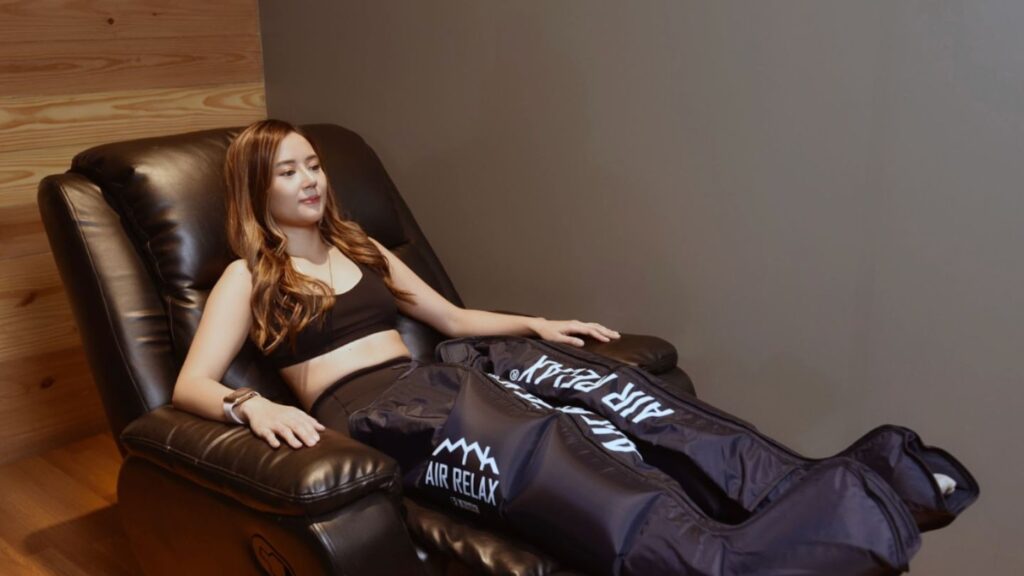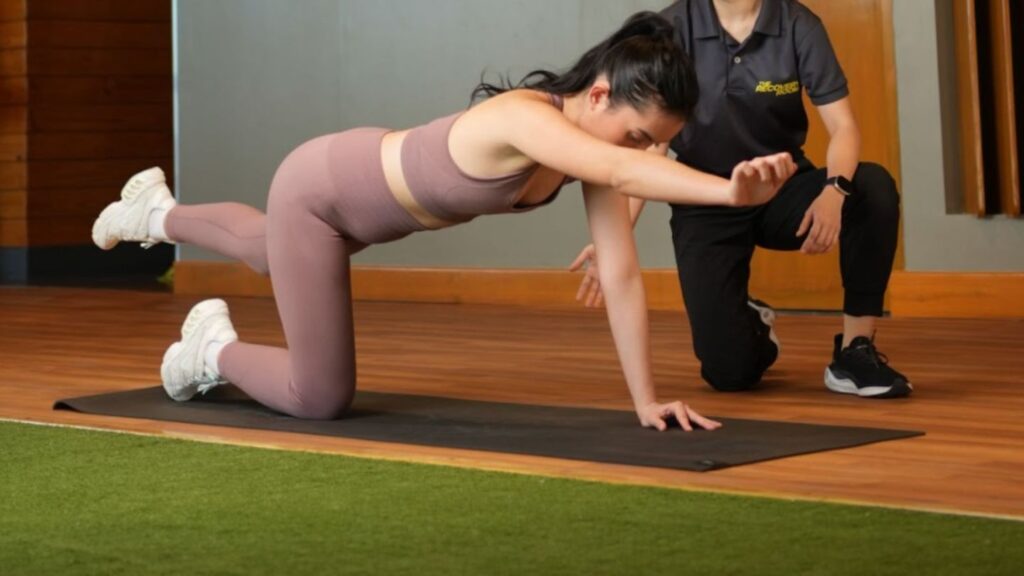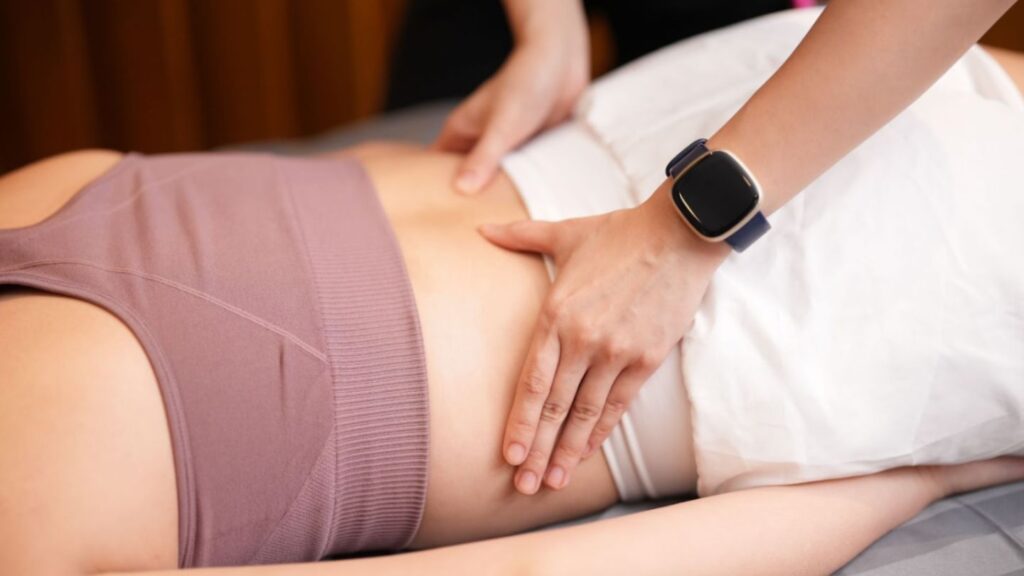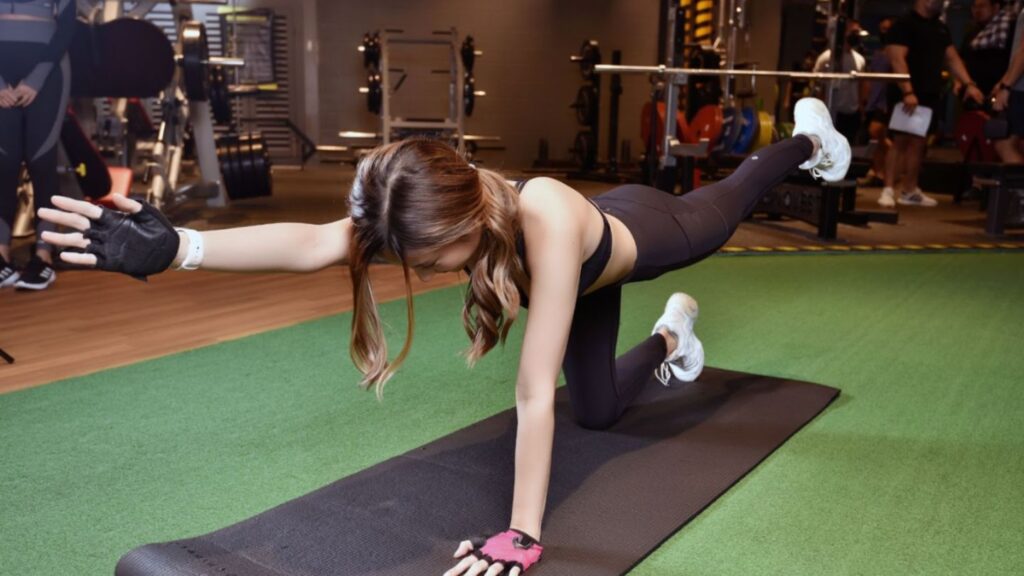Recovery plays a crucial role in fitness and athletic performance. Choosing the right approach can enhance progress, reduce injury risk, and improve overall well-being. The two main types of recovery, active and passive, serve different purposes. Understanding their benefits and the best situations for each can help optimize results.

What Is Active Recovery?
Active recovery involves low-intensity movement after intense exercise. This method keeps the body in motion without exerting excessive stress. Activities such as light jogging, yoga, swimming, or dynamic stretching fall into this category. The goal is to promote blood circulation, reduce muscle stiffness, and aid in the removal of lactic acid.

Benefits of Active Recovery
- Enhances Circulation – Light movement encourages oxygen and nutrients to reach muscles, speeding up the healing process.
- Reduces Muscle Soreness – Gentle exercises decrease stiffness and pain, making it easier to stay consistent with workouts.
- Maintains Flexibility and Mobility – Engaging in dynamic stretching or mobility drills keeps joints and muscles functional.
- Supports Mental Relaxation – Activities such as yoga help reduce stress while keeping the body engaged.
What Is Passive Recovery?
Passive recovery refers to complete rest with no physical activity. This method allows the body to heal naturally. Sleep, massages, and contrast baths fall into this category. Passive recovery is ideal after extreme exertion or when dealing with injuries.

Benefits of Passive Recovery
- Allows Full Muscle Repair – Rest enables tissue repair and muscle growth, essential for strength gains.
- Prevents Overtraining – Taking breaks from intense workouts reduces fatigue and lowers the risk of burnout.
- Improves Sleep Quality – Deep rest helps regulate hormones and enhances recovery speed.
- Aids Injury Recovery – Resting gives injuries time to heal, preventing further damage.
Which Recovery Method Works Best?
The best recovery method depends on factors such as workout intensity, individual fitness levels, and overall goals. Active recovery suits those experiencing mild soreness or seeking to improve circulation. Passive recovery works better when dealing with extreme fatigue or injuries.
A balanced approach often yields the best results. Incorporating active recovery on lighter training days while allowing full rest when necessary can enhance performance and overall well-being. Listening to the body and adjusting accordingly ensures sustained progress without setbacks.

Final Thoughts
Choosing between active and passive recovery depends on individual needs and circumstances. Active recovery benefits those who want to maintain movement and reduce soreness, while passive recovery provides deep muscle repair and prevents overtraining. Striking a balance between both methods leads to improved performance and long-term success in any fitness journey.
Recover with Expert Physiotherapists!
Recovery Room caters to all kinds of recovery. After all your intense workouts, whether you plan on having an active or passive recovery, The Recovery Room at Kinetix Lab has you covered!
Visit The Recovery Room Today!
U.P Town Center, Level 2, Phase 1, Katipunan Ave, Quezon City
The Podium Mall, Level 4, Ortigas CBD
One Ayala Mall, Level 3, Ayala Avenue, Makati City
For Inquiries, Please Contact:
📱 09625104217 | (02) 7001-6607
🌐 www.kinetixlab.com.ph
Facebook: www.facebook.com/KinetixLabPH
Instagram: www.instagram.com/kinetixlab


